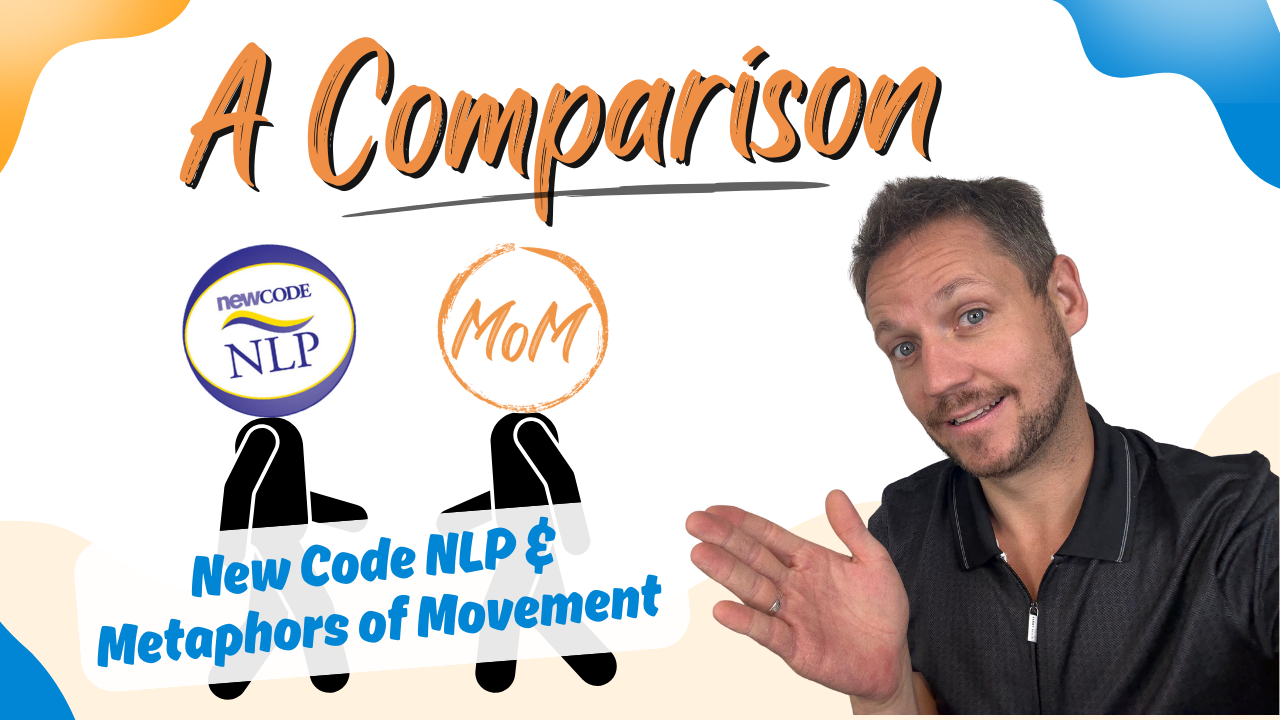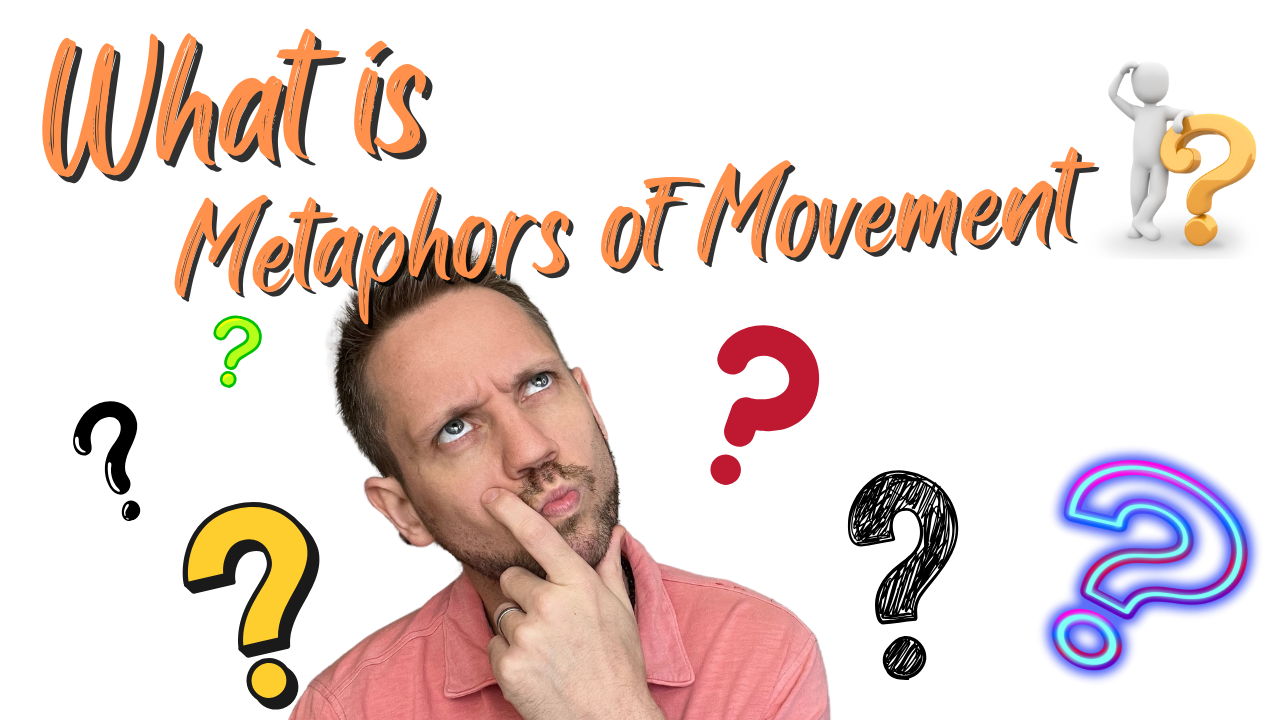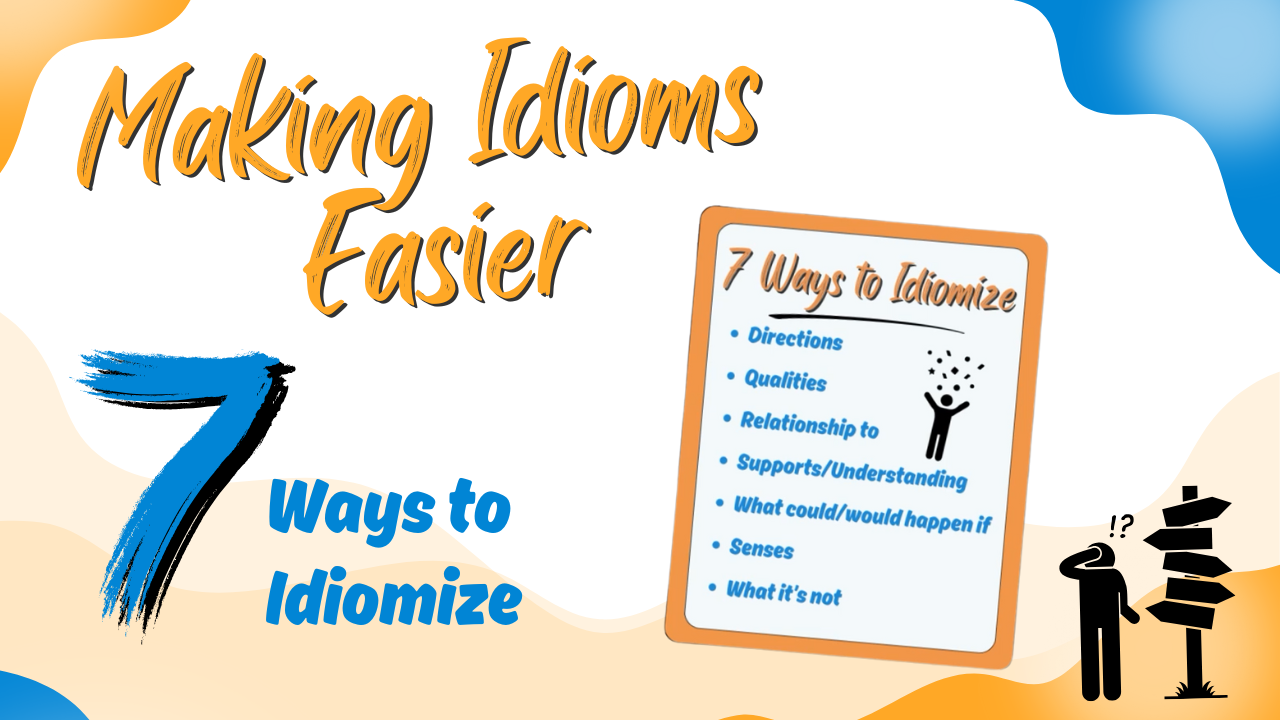The Unconscious: A Vast Reservoir of Insight
The unconscious is said to process a staggering amount of information. While our conscious awareness can typically hold only about 7 (±2) pieces of information at a time souce, the unconscious takes in everything background noise, subtle shifts in emotion, bodily sensations, and more. It holds not only forgotten memories but also beliefs, metaphors, and unresolved patterns.
While modern neuroscience doesn’t fully support a strict division between left and right brain hemispheres, models such as The Master and His Emissary by Iain McGilchrist offer a compelling framework: two “minds” that interact and sometimes conflict (WARNING: This is a heavy read... Don't say I didn't warn you).While not entirely accurate neurologically, this metaphorical framing can still offer immense practical value when exploring unconscious processes.
hemispheres, models such as The Master and His Emissary by Iain McGilchrist offer a compelling framework: two “minds” that interact and sometimes conflict (WARNING: This is a heavy read... Don't say I didn't warn you).While not entirely accurate neurologically, this metaphorical framing can still offer immense practical value when exploring unconscious processes.
Why Understand the Unconscious?
As complex beings, we operate on multiple levels of awareness. When we feel stuck, when we hit an emotional wall or face internal conflict, this can come from to our conscious and unconscious minds are not being aligned with one another. Therapeutic approaches like hypnosis, work to create shifts in which the unconscious mind but often the client is left without conscious awareness of there issue. Metaphors of Movement on the flip side aim to unify these two aspects of consciousness, bringing clarity, resolution, and movement to previously stagnant parts of our experience.
Unconscious misalignment may even manifest as psychosomatic symptoms or emotional overwhelm. When a client can’t express what’s wrong or feels misunderstood, it’s often a sign that something significant lies outside of conscious awareness.
The video below talks about how Hypnotherapists can utilize Metaphors of Movement within their change work practice.
I've Studied Hypnosis... Why Learn Metaphors of Movement?
What make Metaphors of Movement different from other modalities that dance with the unconscious?
Metaphors of Movement is a methodology designed to work directly with the language of the unconscious. It translates unconscious experience into metaphoric, idiomatic language making the invisible visible and the abstract tangible.
For practitioners of hypnosis, tarot, shamanic work, art therapy, or embodied practices, this tool offers a deeper level of communication. You’re no longer just guiding or interpreting,you’re helping clients map and understand their own inner experience.
Why Use Idiomatic Communication?
Idiomatic expressions are culturally embedded, universally understood phrases like:
• “What are you carrying?”
• “Where are you stuck?”
• “What are you moving toward?”
These statements bypass conscious reasoning and connect instantly with unconscious understanding. They don’t impose meaning; they evoke recognition. The metaphor is understood without needing to be explained, creating instant rapport and insight.
Unlike symbolic language, which can be subjective and debated (e.g., “What does an apple represent?”), idioms resonate quickly and clearly. They are pace statements for the unconscious, just like saying “you’re sitting in a chair” is a pace statement in hypnosis.
Why Metaphors of Movement enhances Hypnosis?
Hypnosis is powerful for shifting unconscious states, but it doesn’t always give clients clarity. A person may feel better or different after a session, but they might not understand what has been going on in their experience. Metaphors of Movement bridges that gap, offering both shift and understanding.
It’s particularly effective for:
• Clients who don’t feel understood
• Those resistant to change
• People who struggle with visualization or language
• Individuals who can’t articulate their internal experience
Working with the Inner Parts: Hypnosis, Metaphor, and Self-Integration
Through hypnosis, NLP, and other therapeutic modalities, practitioners often explore a technique known as parts work. This approach involves engaging with various perceived aspects of the self—such as the conscious and unconscious mind, or even internal voices that say things like, “There’s a part of me that doesn’t want to do X.” These internal “parts” can take many forms: inner guides, resistances, saboteurs, protectors, or perpetrators.
Recently, I explored this through a modality called alchemical hypnosis, specifically a process known as the Conference Room. This process blends hypnosis, parts work, shamanic principles, and symbolic communication. One powerful aspect of this work is using idiomatic metaphors—such as movement and spatial dynamics—to navigate the inner architecture of the psyche.
By incorporating metaphor-based, idiomatic communication, you can help clients gain direct, experiential insights into their internal world—without interpreting it for them. These metaphors act as bridges to unconscious understanding, making abstract internal dynamics feel tangible and actionable.
Ready to Explore Further?
If you use a modality I haven’t mentioned, feel free to reach out by email or connect with me directly. I’d love to explore how this method can complement your unique approach.

.png)
 hemispheres, models such as The Master and His Emissary by Iain McGilchrist offer a compelling framework: two “minds” that interact and sometimes conflict (WARNING: This is a heavy read... Don't say I didn't warn you).While not entirely accurate neurologically, this metaphorical framing can still offer immense practical value when exploring unconscious processes.
hemispheres, models such as The Master and His Emissary by Iain McGilchrist offer a compelling framework: two “minds” that interact and sometimes conflict (WARNING: This is a heavy read... Don't say I didn't warn you).While not entirely accurate neurologically, this metaphorical framing can still offer immense practical value when exploring unconscious processes.

